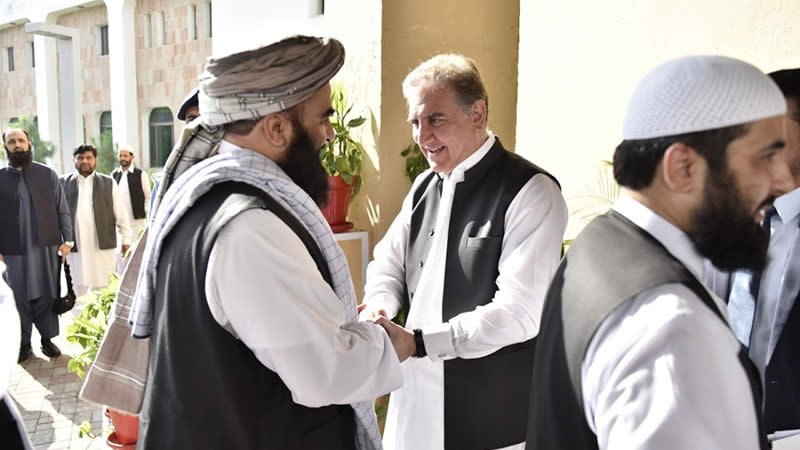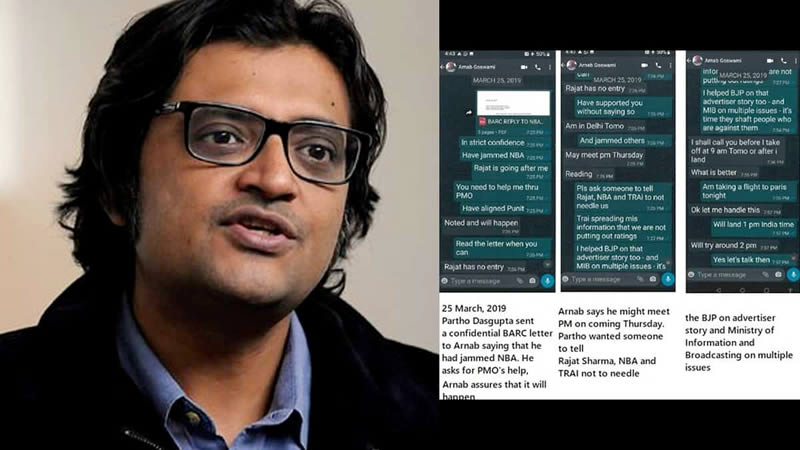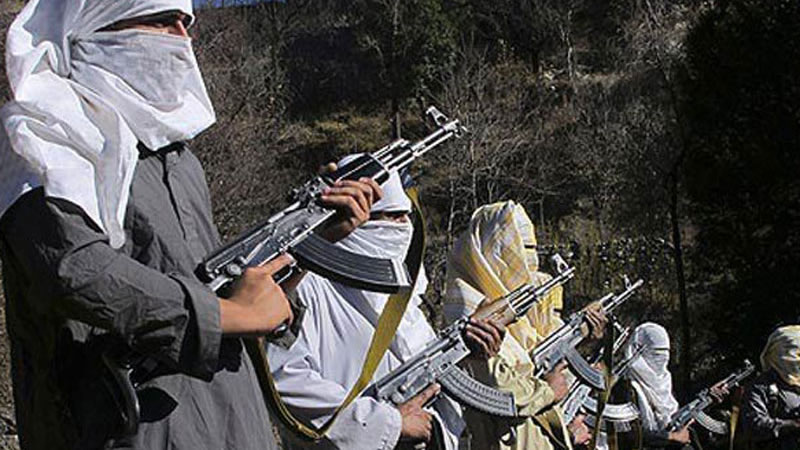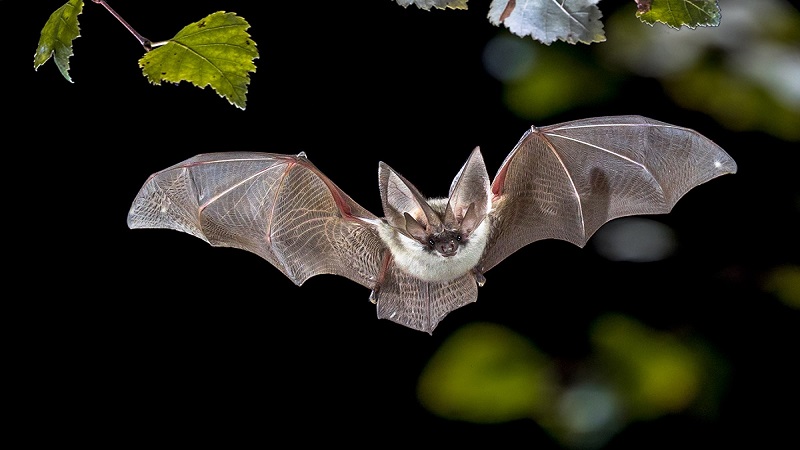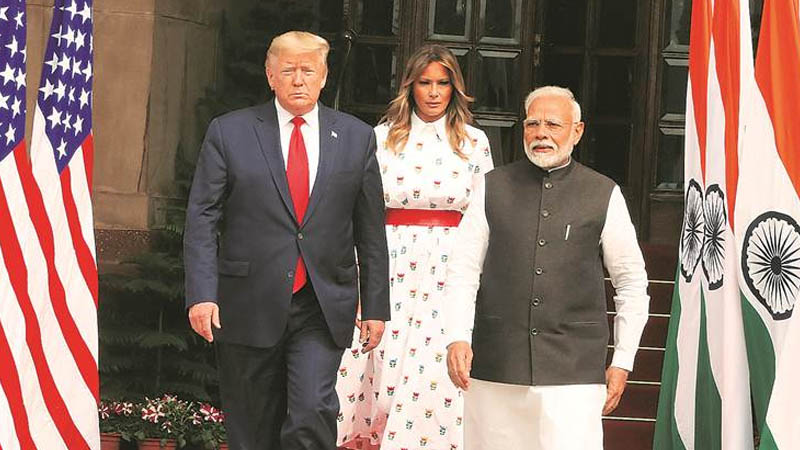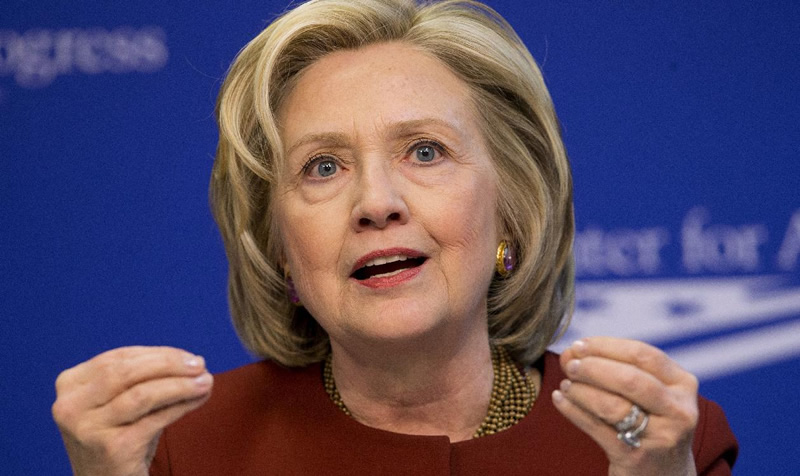Three blasts, at least two by suicide bombers, conducted outside a prominent Imambargah in Lahore killed about 30 unwary mourners. They were part of an annual procession taken out to commemorate the martyrdom of Hazrat Ali, the fourth caliph of Islam. About two hundred participants were injured, some of them seriously, which could increase the tally of the dead as frequently happens in cases of the type.
The incident took place in the vicinity of Data Darbar, the Sufi shrine where exactly two months back a suicide attack had killed at least 50 devotees. The suicide bombers chose a time when the procession had reached its destination after marching through the narrow ad meandering streets of the old Lahore city safely. There are indications that those assigned the security of the procession became lax at that point.
This is borne out by media reports which quoted a TV reporter and his cameraman entering the mourners’ crowd outside the Imambargah without being subjected to checking. The bombers benefited from the laxity shown by police. Reportedly the interior ministry had forewarned the Punjab administration about the possibility of an attack on the procession. This failed to keep the police vigilant at a most critical time. A charged crowd subsequently attacked the nearby police station with an intention to put it on fire, leading to teargas shelling and aerial firing by police. Rangers were also called in stop the situation from getting out of hand. Fortunately this did not happen. The attack was subsequently owned by Lashkar-e-Jhangvi, a terrorist network with sectarian leanings which is also a component of the TTP.
There was a reduction in the number of suicide attacks in the wake of the military operations in Malakand Division, South Waziristan and a number of other Agencies. The operations destroyed the major strongholds of the TTP, depriving the organisation of its arsenals, training areas, communication network, and safe havens where terrorists from all over the country could take shelter and make plans. The TTP’s command centre was destroyed and its leaders were on the run thereafter. This led to a significant reduction in the suicide attacks. June was the first month in two consecutive years when there was no terrorist attack in the country.
The brief spell came to an end in July with the attack on Data Darbar in Lahore and in August a suicide bomber hit a high valued target in Peshawar when they killed Chief of Frontier Constabulary Sifwat Ghayur. With the army getting engaged in the much needed rescue activity in the wake of the floods, the terrorists have presumably got a chance to strike again inside big cities? What was required under the circumstances was heightening of vigilance by the police. In Karachi the administration was this time comparatively more alert in view of the public criticism on its failure to control targeted killings.
While there was a minor incident of firing from one of the buildings on the route of the mourners’ procession, leading to a number of people receiving injuries, terrorists failed to stage any suicide attack. This indicates that a determined administration can safeguard people’s lives. Instead of realising that lapses by police had helped terrorists stage the suicide attacks, Punjab Chief Secretary has blamed those organising the procession of delaying to call it off before sunset.
Over the years terrorism has struck deep roots in Pakistan. The country has therefore to brace itself to obliterate the phenomenon irrespective of how long it takes. There is no other choice for Pakistan. Political exigencies must not be allowed to stand in the way. There must be no tolerance for terrorist networks. The home departments which supervise and control police, special branch and CID have to play a key role in the suppression of terrorism.
While terrorism is a countrywide phenomenon, law and order remains a provincial subject. There is a need under the circumstances for close collaboration between the federal security agencies and their civilian counterparts in the provinces. As things stand there is a need for better understanding and co-operation between the federal and provincial security agencies.


